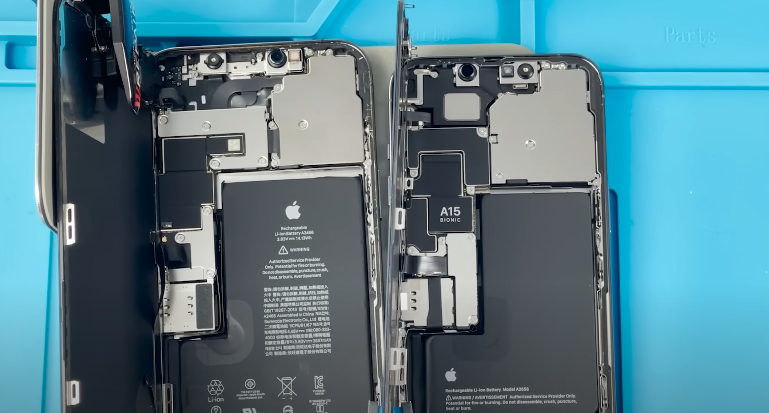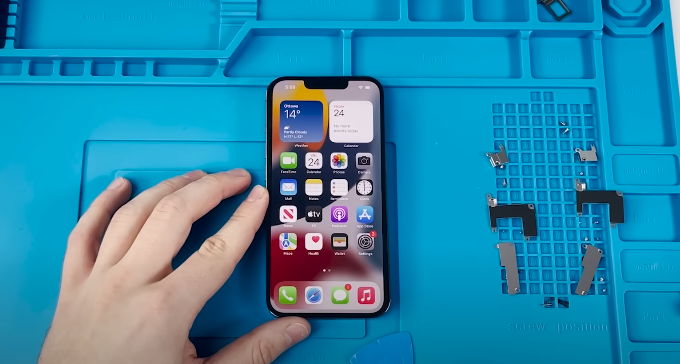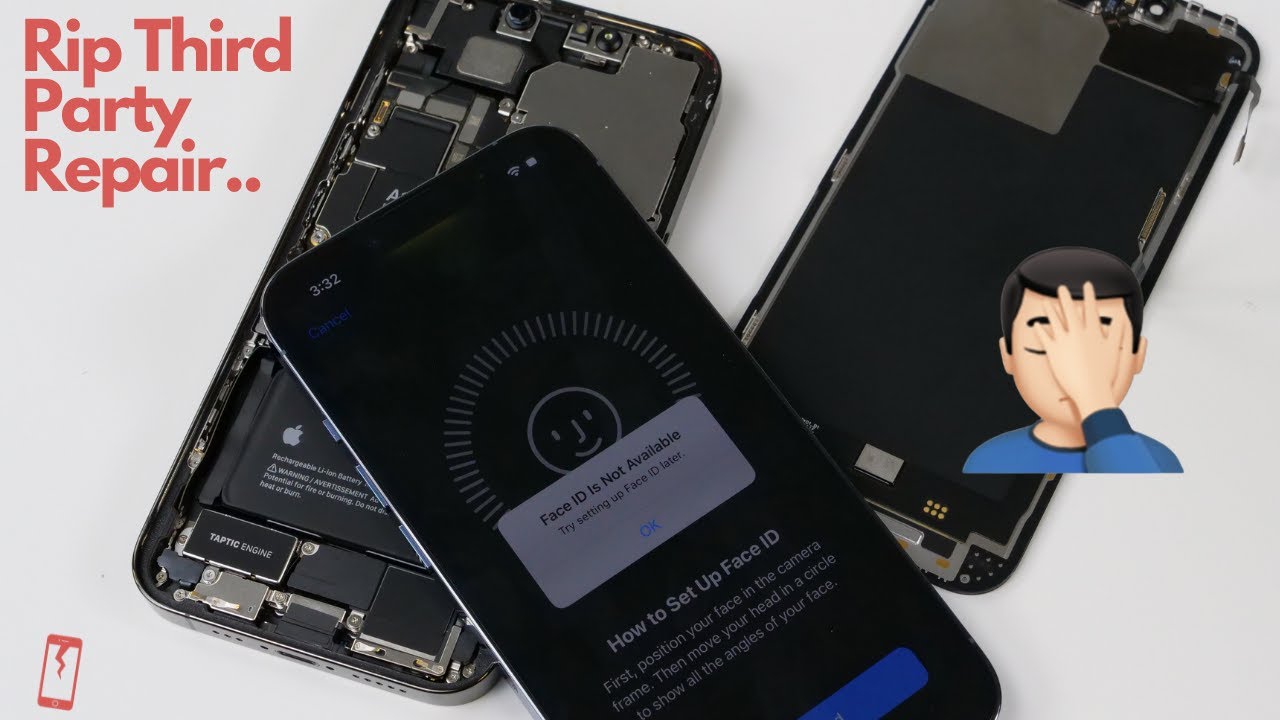Apple has a history of making repairs for their devices increasingly difficult, particularly for non-authorized repair shops. This year, the iPhone 13 Pro has continued that trend, raising questions about repairability, component serialization, and the right-to-repair movement. This article explores whether Apple has introduced new “speed bumps” for independent repairs, using a teardown and component-swapping test as a case study.
Serialization: A Barrier to Repairs
In recent years, Apple has serialized key components to the logic board, making third-party repairs more challenging. Here’s a quick timeline of Apple’s repair hurdles:
- 2020 (iPhone 12): Serialized screens. Replacement screens resulted in functionality issues until updated software resolved some of these problems.
- 2019 (iPhone 11): Serialized batteries. Users saw warning messages when swapping batteries, even with original parts.
- 2021 (iPhone 13): Serialized cameras. Features were disabled when cameras were replaced by unauthorized repair shops.

This raises the question: has Apple introduced another major repair obstacle with the iPhone 13 Pro?
Unboxing and Initial Impressions
The iPhone 13 Pro’s design closely resembles its predecessor, the iPhone 12 Pro, with a few notable differences:
- Larger cameras
- A smaller notch
- A bigger battery for improved performance
The phones come standard with a USB-C to Lightning cable, but no charger—a decision Apple justifies for environmental reasons but continues to spark debate.
Teardown Process
The teardown process for the iPhone 13 Pro is similar to previous models:
- Opening the Device: Using heat and specialized tools, the screen is carefully pried open. Apple’s adhesive remains as strong as ever, requiring patience and precision.
- Examining the Interior:
- The screen is thinner than ever, increasing the risk of breakage during repairs.
- The earpiece speaker has been relocated from the screen to the interior, freeing up space for other components.

- The logic board features an L-shaped design, smaller but packed with functionality.
- Removing Components: Using tri-point and Phillips screwdrivers, key components like the screen, battery, and logic board are detached.
Logic Board Swap Test
To determine if Apple has introduced new restrictions, the logic boards of two iPhone 13 Pros were swapped. Here’s what happened:
- Booting Up: Both devices powered on successfully after the swap.
- Error Messages:
- “Important Camera Message”: The system flagged the camera as non-genuine.
- “Important Battery Message”: A warning appeared regarding the battery.
- Face ID was disabled due to mismatched components.

Despite the messages, the phones were still functional, and basic features like the camera and touch screen worked seamlessly.
Repair Challenges
While the devices remain operational after part swaps, there are significant hurdles:
- Flex Cable Fragility: The thin screen and delicate flex cables pose a risk during disassembly.
- Persistent Error Messages: While not affecting functionality, these warnings are a nuisance for users.
- Face ID Dependency: Damage to the front earpiece assembly during repairs will render Face ID inoperable.
